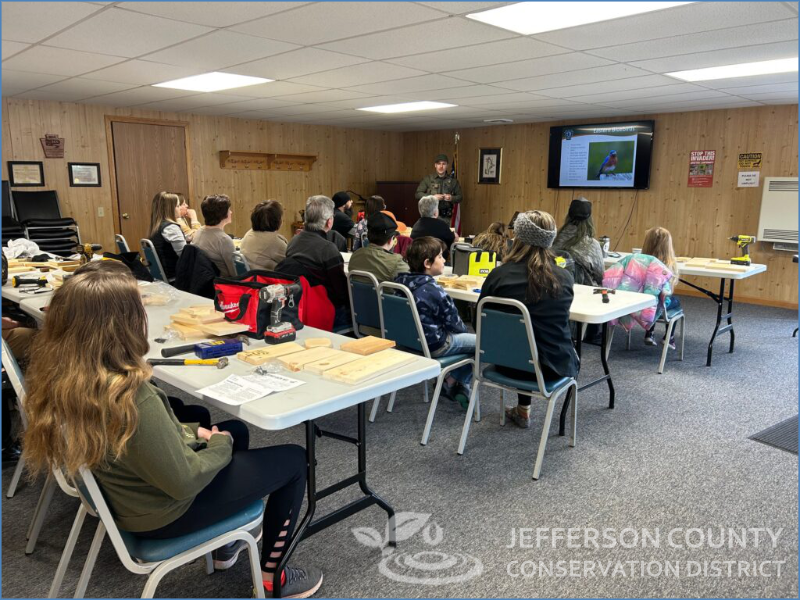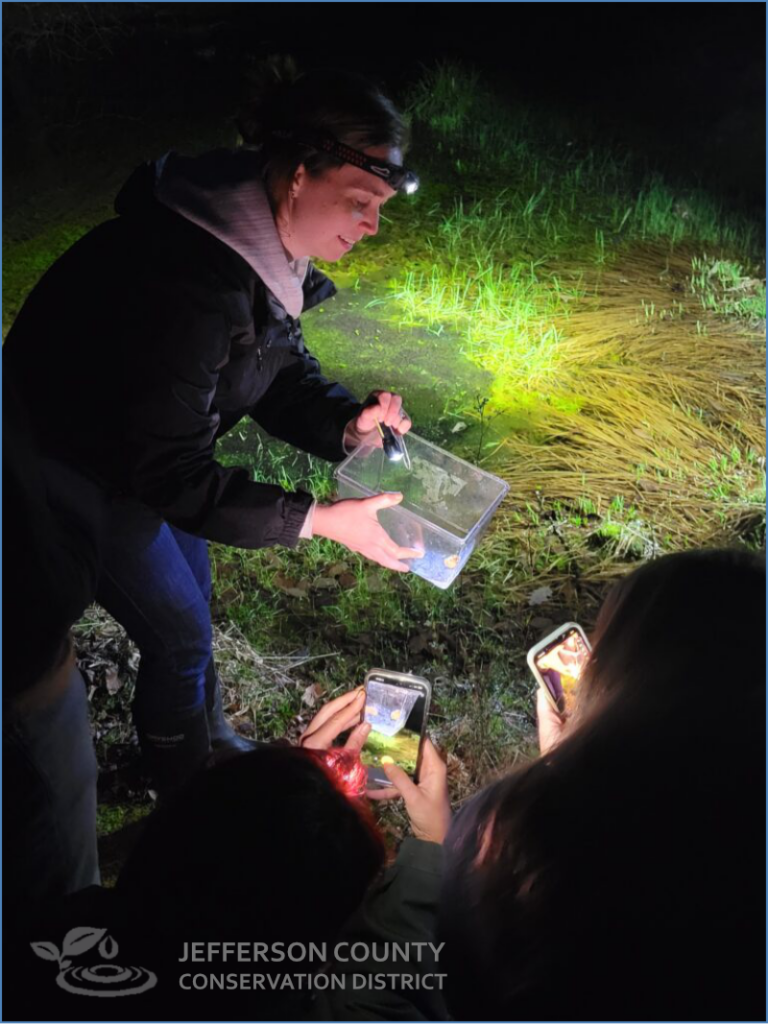
The Conservation District’s environmental educational activities target farmers, municipal officials, homeowners, teachers, and students along with many other audiences. Activities range from participating in large community events, hosting many school programs, professional workshops, technical training sessions, or going out in the field to provide one-on-one assistance.
School Programs
Our Envirothons, which target elementary and high school students, are an annual event. Envirothons help students cultivate an awareness of the total environment and acquire a sensitivity towards its limited natural resources. Conservation District’s across the state hold a High School Envirothon each year. The winning team from each county can also participate in the Pennsylvania Envirothon. Students prepare for the Envirothon at their respective schools. Topics are Forestry, Aquatics, Soils, Wildlife, and a special station that changes each year. Study materials for this year’s High School Envirothon can be found on the Pennsylvania Envirothon’s web page.
Our Elementary Envirothon is similiar in format to the High School Envirothon but students compete as classrooms within their school. The difference is presenters teach the students for approximately 25 minutes and then test them to see what they have learned. Some of the presentations made by conservation district staff and volunteers from other agencies have included Watersheds, Agriculture, Forestry, Soil, Recycling, and Wildlife.
District employees also do presentations at other Field Days in the County such as Agriculture Safety Days, Cloe Lake Day, and Brockway Field Day.
Farmer Workshops
The conservation district holds various informational workshops for the farming community. A Cover Crop Workshop was recently held. This workshop looked at the benefits of cover crops and offered Pesticide Credits. Past workshops have helped farmers decide if they need a Manure Management Plan. Every farm in Pennsylvania with land that applies on-farm or imported manure, regardless of size, is required to have and implement a written Manure Management Plan. Attendees were able to get assistance in completing their workbook as well as ask questions about other programs available.
Other Workshops
The Conservation District also holds workshops to help educate the public on various topics such as Logging Workshops, DGLVR Workshops, Municipality Workshops, and Consultant Workshops.


